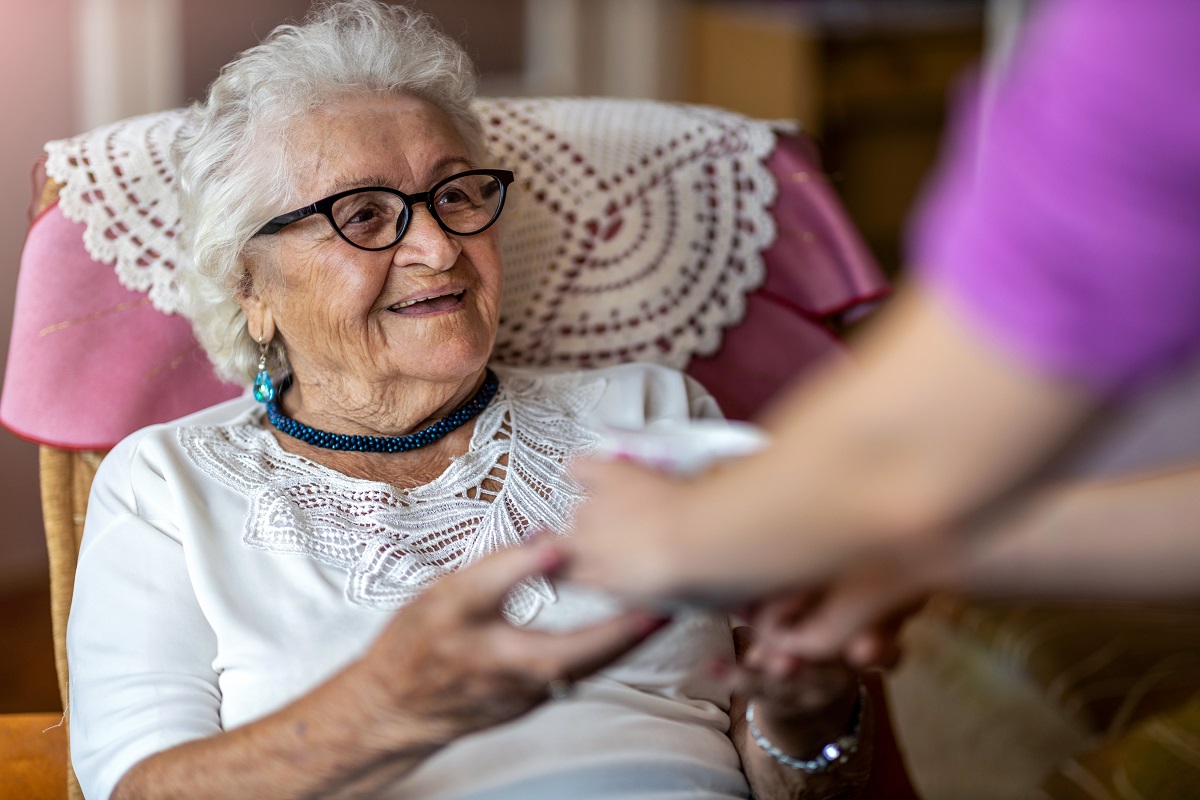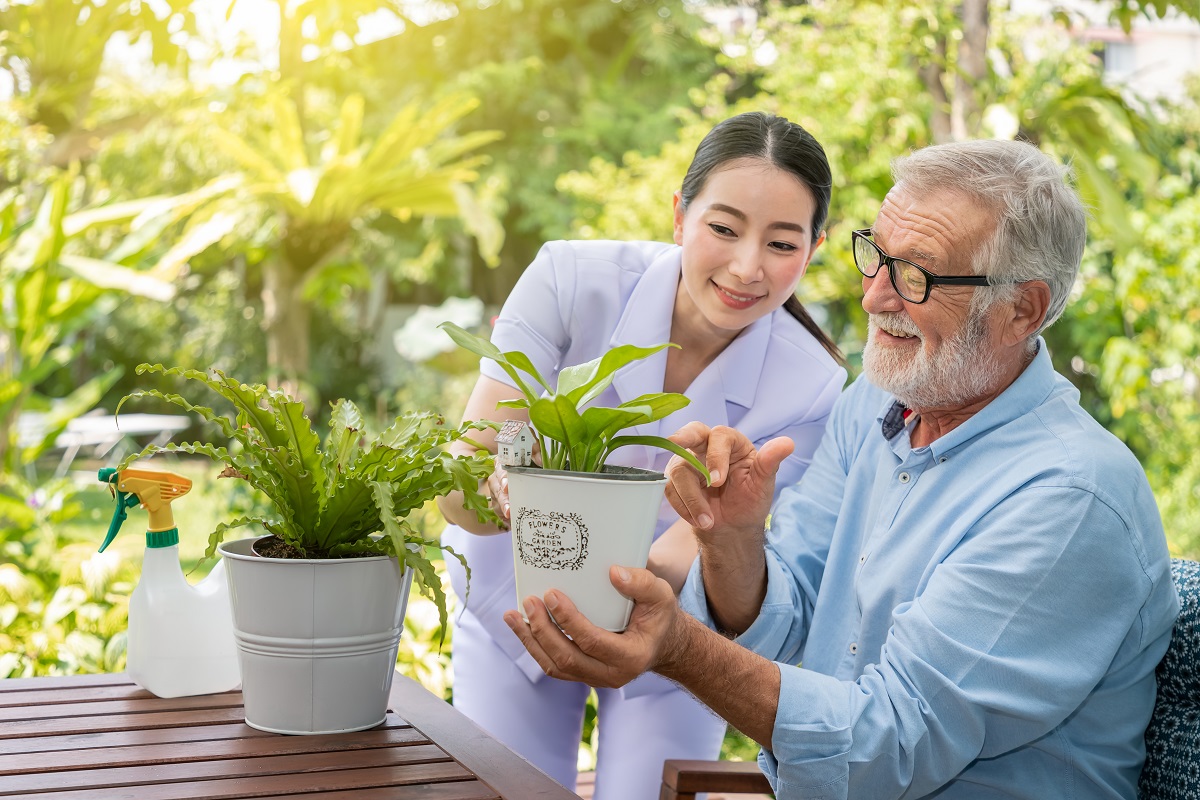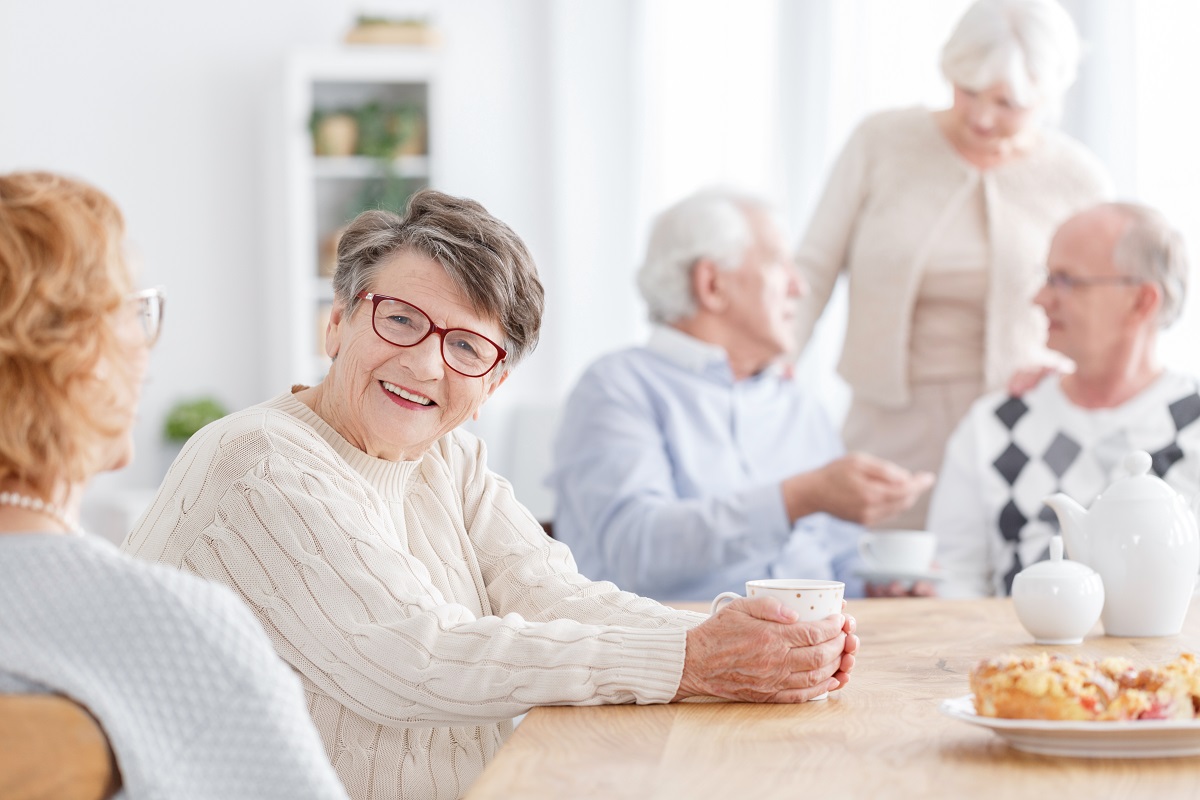Scent expert and dementia carer Linda Harman shares her experiences of visiting her mother in her care home, and emphasises the importance of maintaining connections with your loved one, no matter what stage of the dementia journey they’re at.
Visiting someone who has dementia can be an unsettling experience.
For family members who have infrequent contact, it can be shocking to see changes in personality, behaviour or capability. For the person with dementia it can be distressing to feel the concern of their visitor.
Feeling uncertain about what to say or what to do when visiting someone who is living with dementia is absolutely normal. Indeed, feeling intimidated when visiting anyone with any illness is not unusual. With dementia, we are often forced to confront the societal norms with which we are all programmed and which we use to judge how we, and others, should eat, speak, look and act.
Speaking for myself; it has taken a lot of practice to be able to park these expectations and engage with my mother, who is in the later stages dementia, in a different way.
As our roles have reversed and the cared for has become the carer, I have learned that small actions have the greatest effect and it that it’s helpful to bring props that can create the focus for a conversation, though you always need to be flexible.
It is important to respond to how your loved one is feeling at the moment that you visit, as dementia is a disease that fluctuates wildly day to day, even hour to hour.
If you arrive and find a person looking untidy, and acting in an upset manner, it could be that they are conscious of their appearance. Holding a hand or giving a short hug helps soothe and reassure, changing an item of clothing or respectfully combing a person’s hair can make them feel much happier.
But if the person you are visiting prefers to stay as they are, accept that and learn to laugh with them, make a joke of the one-shoe-on, one-shoe-off approach, and they will enjoy the joke with you.
When I visit my mother I take something to talk about. Conversation cards, some old photographs or sweet edible treats are favourites. Keep the visits very simple. On a nice day, a short walk is much appreciated by my mother who relishes the feel of fresh air and the sight of blue sky, even if only for a few minutes. On rainy days we reminisce or talk about an item I have brought with me. It’s a one-sided process and a bit of a monologue on my part, as my mother can no longer talk, however it usually attracts the attention of one or two other residents so we end up with a social gathering with people sharing stories of where they used to live or work.
Linda & her motherI use all the senses to provoke reactions; touch, sound and smell as well as visual images and text. The stories I hear are often repeated, but what does it matter? For a few minutes the exchange creates a sociable buzz that helps people feel happy.
It is a sad fact that many people with dementia become increasingly isolated from their families and friends. This is especially so if recognition starts to fail. We all need to understand that, to our relative, it is how we make them feel that is crucial.
Visits keep people connected with their former lives. We, the visitors, are the conduit to the past, and to contentment with the present, and it’s a very important role.
SHARE
Explore more




